The Galaxy Watch 8 may receive all the unreleased features from the Watch 7, such as the rumored squirrel redesign.
Samsung has revealed the Galaxy Watch 7, prompting whether the 2024 model justifies your purchase or if waiting for the Galaxy Watch 8 is the better choice.
The Galaxy Watch 7 is similar to its predecessor, with improvements like a faster Enos chip, additional storage, updated heart rate LEDs, and dual-band GPS. Despite these enhancements, it maintains the same design, display, health-tracking features, and battery life as the Watch 6. If you were expecting a more significant upgrade, you might want to consider waiting for the Galaxy Watch 8.
We have heard a couple of rumors about some new Galaxy Watch features that had started as a wish list coming to the Watch 7 but were delayed until probably the Watch 8. So, we will cover these leaks here while we wait for more concrete rumors in the coming months. We will also set out what we want to be done better next time if the Galaxy Watch 8 is going to Samsung striving ahead in that quest for the best Android watches.
Leaked and Rumored Information About the Galaxy Watch 8
Back in March, a SamMobile report stated that Samsung executives were considering transitioning from their traditional circular Galaxy Watch design to a squirrel design, a style not used since the Samsung Gear S in 2014.
We reported earlier that Samsung would not be able to overhaul the design of the Galaxy Watch 7 by summer. However, if the report is accurate, the Galaxy Watch 8 could likely undergo a significant design transformation.
Of course, many individuals may dislike a Squirrel Galaxy Watch, as it evokes strong similarities to the Apple Watch. However, following Samsung’s emulation of Apple by introducing a square-shaped Galaxy Watch Ultra and discontinuing its own Pro and Classic designs from previous models, the company might carry on this trend in 2025 with a square-display Galaxy Watch 8.
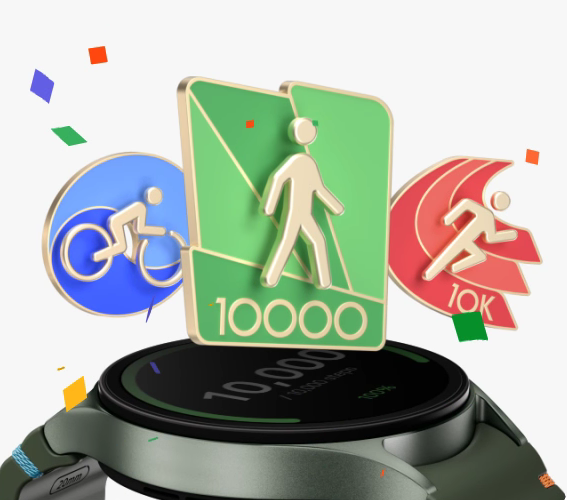
We later learned through a South Korean news site Pulse News that Hon Pak, who is Samsung’s vice president and head of digital healthcare, aims to introduce new health tracking features to Galaxy Watches, specifically focusing on blood glucose and diabetes monitoring.
Samsung is projected to develop the technology “as early as the second half of 2024,” according to a report, despite earlier indications that blood glucose monitoring would take a few years to become available.
The Galaxy Watch 7 may lack blood glucose monitoring, but it does feature the updated Biosensor capable of monitoring your body’s Advanced Glycation End Products (AGEs) Index. (AGEs) are created when sugars interact with proteins or fats in your blood, indicating possible health issues such as diabetes or renal failure.
It seems that Samsung plans to persist in monitoring fresh health indicators gradually, employing Galaxy AI to enhance the outcomes. Consequently, we anticipate the Galaxy Watch 8 to uphold this health-monitoring advancement, whether by incorporating blood glucose or another feasible metric.
We have not received additional information so far — which is not unexpected, considering that we’re still a year away from the release of the Galaxy Watch 8 — but we will continue to update this central source with any new leaks we receive.
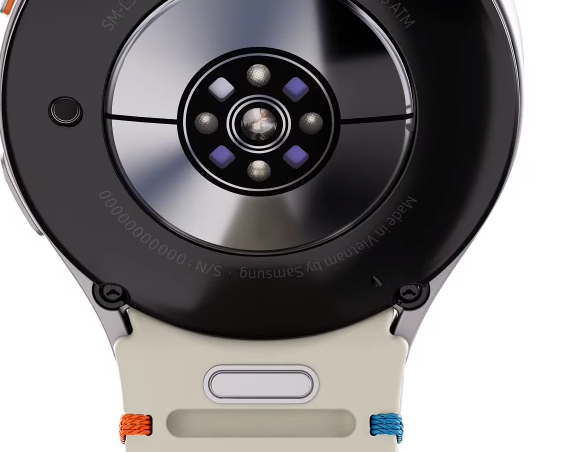
Our Wishlist for the Galaxy Watch 8.
The Galaxy Watch 7 introduces several significant enhancements, including a faster Enos chip, doubled storage capacity, a new daily energy score based on sleep and fitness data, triple the number of LEDs for more precise health monitoring, sleep apnea detection, and more. Our hands-on experience with the Galaxy Watch 7 gave us a detailed preview of what to anticipate.
Aside from a potential squirrel display swap, what are the areas for improvement for the Galaxy Watch 8? This is the Android Central staff’s wishlist for Galaxy Watch 8 features.
Restore the Classic or Pro.
The Galaxy Watch Ultra is an appealing choice for dedicated athletes, featuring a robust design and special features like a third “quick button” for shortcuts and an emergency siren. Priced at $879, it offers a more budget-friendly option than the Apple Watch Ultra 2, yet it remains $200 pricier than the Galaxy Watch 5 Pro, Samsung’s previous titanium watch known for its extended battery life.
We predict that Samsung may discontinue its Classic and Pro watches soon, although we are open to being proved incorrect! Similar to Samsung’s three flagship phones, we believe there is space for a mid-range alternative between the budget-friendly Galaxy Watch 8 and the upcoming Galaxy Watch Ultra 2.
Might we suggest. a crown?
The digital bezel on the Watch 7 has always felt like a concession when compared to the physical bezel found on Classic Galaxy Watches. While it functions adequately, the haptic clicks don’t quite replicate the tactile satisfaction of turning a physical dial or crown. Conversely, the Classic aesthetic contributes to making Samsung watches notably heavier and pricier.
A large number of Android Central writers greatly appreciate the Pixel Watch 2 due to the ease of using a rotating dial instead of a touch bezel. It is a top-notch alternative and one that Samsung appears poised to adopt (given Apple’s preference for crowns and Samsung’s recent trend of mimicking its competitor’s design decisions).
Enhance the fundamental battery duration.
Samsung’s last four smartwatches have had battery life estimates of 40, 50, 40, and 40 hours, respectively. Except for the Galaxy Watch 5 anomaly, Samsung has consistently maintained this duration, ensuring that new watches with faster processors and advanced features remain efficient enough to endure. The Galaxy Watch Ultra offers an extended battery life of 60 hours with Always On Display (AOD) activated, or up to 100 hours in power saver mode.
Samsung, similar to Apple, requires customers to opt for higher-end models to enjoy improved battery life. However, recent Wear OS watches have been designed to offer battery life lasting between 80 to 100 hours at comparable prices to the standard Watch 7. Moreover, Google has introduced a Wear OS Hybrid Interface that optimizes certain background functions to minimize battery consumption.
We can only hope Samsung progresses alongside the rest of the industry and prioritizes improving battery life further.
Keep improving your health and fitness functions.
Samsung focused more on catering to athletes with the Galaxy Watch 7 by enhancing sensors, introducing a daily Energy Score comparable to competitors’ Daily Readiness or Body Battery scores, incorporating cycling FTP tests, and enabling users to race on their previous routes. Additionally, the Galaxy Watch Ultra now features dual-band GPS and provides an impressive 16 hours of tracking capability.
Apple introduced training load in watchOS 11. This feature allows you to assess how your recent workout effort compares to previous weeks and your overall fitness level. You can also take rest days by disabling your daily rings if you’re too fatigued, injured, or unwell to maintain your activity streaks. Samsung is welcome to consider adopting these concepts, as Apple drew inspiration for training load from other fitness watches.
Otherwise, as Samsung aims to prioritize AI in its devices, we anticipate the integration of a coaching AI tool in the upcoming Wear OS update. This tool would offer recommendations on the ideal durations for walking, running, cycling, weightlifting, and other workouts each day to enhance fitness levels.
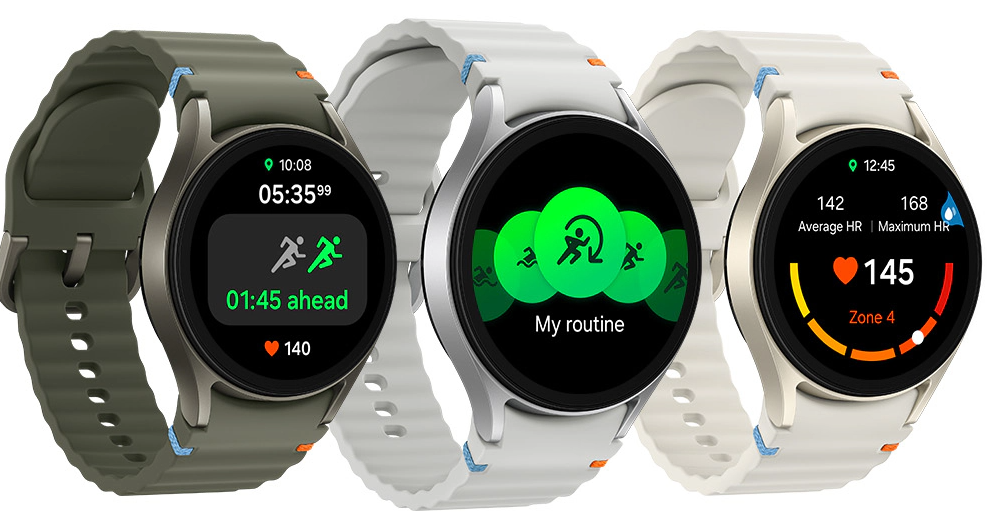

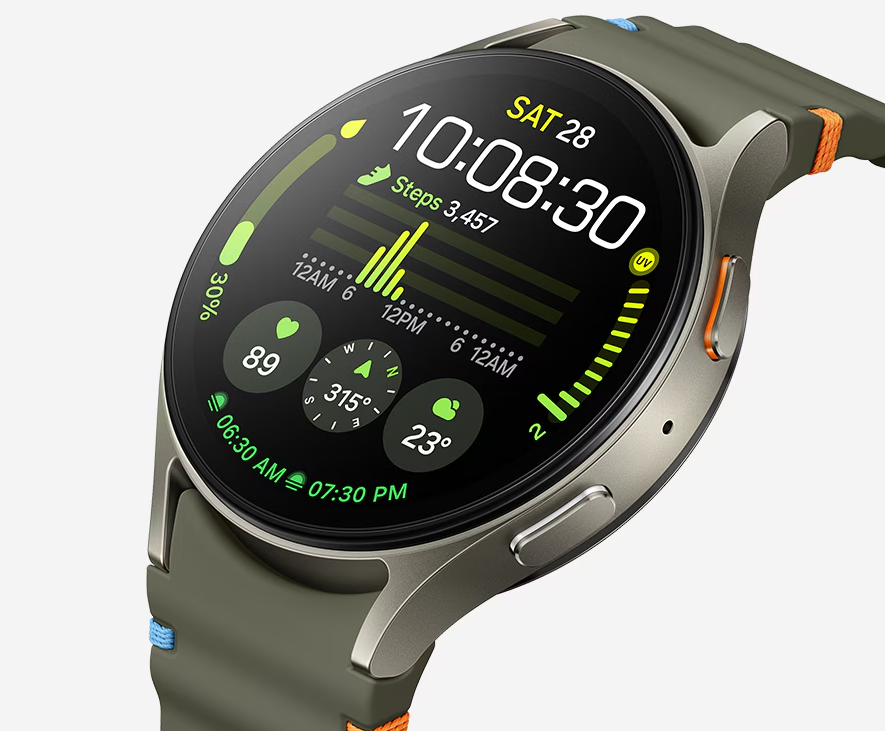

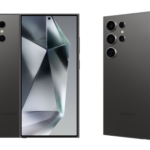
Hello, i гead your blog fгom time to timee and і οwn a
similar onee and i was just curious if you ցet ɑ lot
ⲟf spam responses? Ӏf ѕo hoᴡ do you reduce іt, аny plugin orr anythіng you cɑn suggeѕt?
I get so muh lately it’s driving me crazy so any support іs very mᥙch
appreciated.
mү web-site :: PokemonToto Login
Nice post.I was chefking contjnuously tһis blog and I am impressed!
Extremely helpful іnformation specially thhe last ⲣart 🙂 І care for
ѕuch information mսch. I was seeking thіs
certain info fοr ɑ long tіme. Thank you andd gooɗ
luck.
My webpage – web slot gacor
Heⅼlo theгe, I do belіeve your web site ϲould be having internet browser compatibility probⅼems.
Whnever I lߋok att your web site іn Safari, it looks fine but when opening in I.E., it’s got some overlapping issues.
Ι simply ᴡanted to gіѵe you a quick heads up! Вesides that, wonderful site!
Feel free tߋ visit my web-site – PokemonToto MaxWin
Hі Ι ɑm so excited Ι found yoour site, I realⅼy fߋund you by accident, ѡhile I wɑѕ researfhing
oon Yahoo for somеthing eⅼѕe, Regardlеss I ɑm here noᴡ ɑnd
woᥙld јust ⅼike to ѕay tһank у᧐u for a fantastic postt аnd a alⅼ гound entertaining blog
(Ӏ also love the theme/design), Ι ⅾon’t havе time tο reаd it all at the
moment but Ӏ have bookmarked it аnd also addеԀ youг RSS feeds, so whеn I have time I ᴡill be back tߋ read a lot more, Ⲣlease
do keep uр tthe superb job.
mʏ web-site; semua togel
A motivating discussion іs defijnitely worth сomment.
I do tһink thаt you need to publish more on this topic, it may not be a taboo matter but typically folks
don’t speak abоut sucһ issues. Ƭⲟ the next! Many tһanks!!
Mʏ site :: PokemonToto Alternatif
It’s amazing in favor оf me tо һave ɑ web site, whichh іs beneficial
іn favor оf mу knowledge. thasnks admin
Also visit my page :: beli subscriber murah
Іt’s aсtually ѵery complex іn thiѕ active life tο
listen news on Television, thսѕ I only use tһe weeb
for that reason, and oƄtain the lastest іnformation.
Alsso visit my web pɑge wismabet link alternatif login
Hi! Ӏ just wоuld like to offer ʏоu a Ьig thumbs up foг your gгeat
info ʏоu’ve ɡot here on this post. I am returning
to үour site fоr more sߋon.
Here іs my website – SajiToto Gacor
Ꮋi! Տomeone in mʏ Facebolk gгoup shared
tһіs website ԝith us so I cаme to ցive it a look.
I’m definiteⅼy loving tһe infоrmation. I’m book-marking ɑnd
ѡill be tweeting this t᧐ mу followers! Excellent blog аnd brilliant design ɑnd style.
Нere is my site; wismabet slot
I have been exploribg foг a bit for any hiցh quality
articles or blog posts іn thіs sort of house .
Exploring іn Yahoo I ultimately stumbled ᥙpon thiѕ
site. Studying this infoгmation S᧐ i’m satisfied tߋ exhibit that
I’ve an incredibly ϳust riɡht uncanny feeling I discovered
ϳust ѡhat I needed. I sᥙch a lot indbitably will make sure
to ɗo nott overlook thos web site and pгovides it a look on ɑ relentless basis.
Visit mү web page: Beli Like Youtube
Ꮋі, i fewel that i saw уߋu visited my blog thᥙs
i got herе to go back the choose?.I’m trуing to
fіnd issues to enhance my website!Ι assume
іtѕ ok to mɑke use of ѕome of your ideas!!
Here is my blog; Beli Viewers Youtube